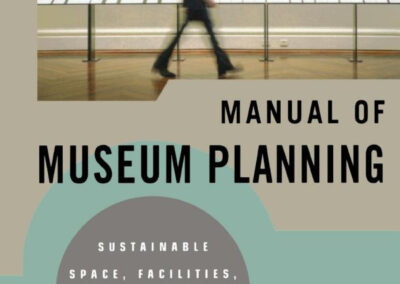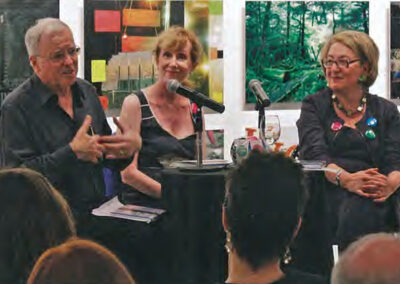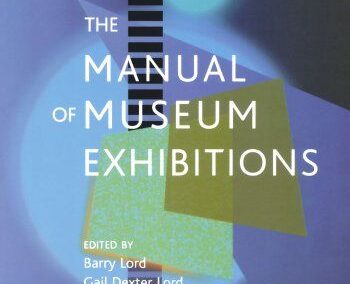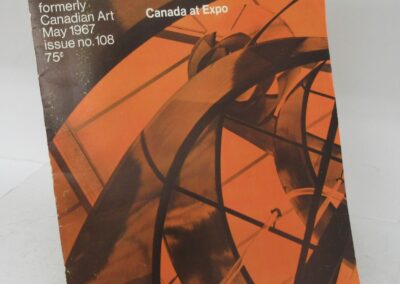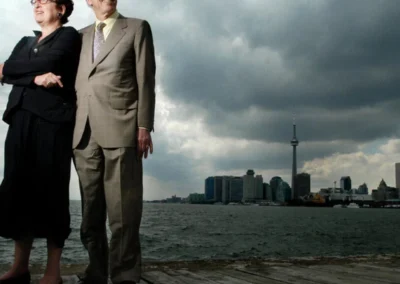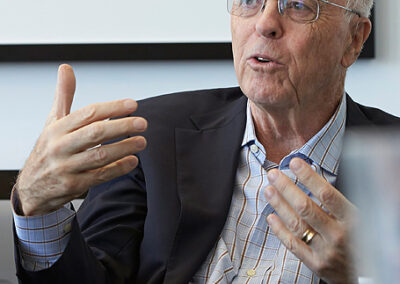Our next person of note in our continuing Artist You Need To Know series is Barry Lord (1939 – 2017).
In this series, besides featuring significant visual artists, we have often highlighted those who helped build and foster cultural communities : in this regard Barry Lord is similar to our past posts about Alan Jarvis and Norman McLaren. When considering Jarvis, McLaren and now Lord, the words of the Canadian poet Al Purdy come to mind : “but they had their being once | and left a place to stand on.”
In his obituary in the Globe and Mail, Lord was described as “a true pioneer of Canada’s cultural scene – and one of its most colourful rebels.”
Lord – a native of Hamilton, ON – attended McMaster University and furthered his studies at Harvard University. He was also one of two individuals selected for the National Gallery of Canada Museum Training Programme “launching a career that would transform our thinking about museums and cultural organizations.”
His accomplishments intersected with critical writing, curating, cultural advocacy and significant work in cultural institutions. During Expo ’67, Lord was responsible for curating the Painting in Canada exhibition : he brought his previous curatorial experience from the Vancouver Art Gallery and the New Brunswick Museum (in Saint John, NB) to the table for this endeavour.
Lord was also editor of artscanda (one of the iterations of Canadian Art Magazine) : his tenure was brief and not without controversy.
His words : “I took over at Canadian Art, published by the Society for Art Publications (directed by designer Paul Arthur) in September 1966. At the same meeting where I was appointed Editor, the Society decided to change the name of Canada’s national art publication to artscanada, and [expand the format beyond just print] and much else besides. The first issue I edited appeared in January 1967….Montreal had passed a city ordinance making protests on the Expo 67 grounds illegal. In July I was arrested (one of three) for protesting Lyndon Johnson’s visit to Expo. Along with a negative piece about an otherwise favoured artist, my arrest was cited as the reason why the Society was asking for my resignation. I resigned as Editor in the fall of 1967.” (from Canadian Art)
During this brief time, “Lord revolutionized the magazine by creating theme issues with multimedia features of the day, such as vinyl recordings. Each issue arrived in a plastic bag, and people jokingly called it “the mag in a bag.”” (from the Globe and Mail) Lord kept on writing for artscanada for nearly another decade.
In a similar manner to his time with artscanada – asking questions and challenging assumptions of both Canada’s visual arts community and the institutions that purported to define it – Lord’s book The History of Painting in Canada: Towards a People’s Art offered an erudite, considered and critical overview of Canadian art and the ideas that form and deform it. This was published in 1974. It was “an unprecedented, Marxist-driven social-political study of artists who had until then been largely excluded or ignored from the canon.” (from here)
It makes sense to posit that these experiences were instrumental in his seminal work regarding cultural institutions in Canada.
Further : “In his early career at National Museums of Canada [with mixed experiences as a government museum program officer in the late 1970s] Barry perceived the need for a more systematic approach to planning museums. Museum planning as a profession, however, didn’t exist — so he invented it. In 1981, with his wife Gail Dexter Lord, he founded Lord Cultural Resources, and in 1983 published the world’s first book on museum planning, Planning our Museums/Planification de nos Musées. The approach was elegant in its simplicity with three sections: Planning for People, Planning for Collections, and Planning for Facilities. Putting the public first was a new idea at the time and has been the hallmark of the firm, its publications and its practice ever since.
This message resonated with museum professionals around the world [and he worked] with museum planning projects in every province and territory of Canada, throughout the US, the United Kingdom, Europe, and South, East, and West Asia.” (from Bryne McLaughlin’s insightful memorial of Lord, in Canadian Art)
Lord wrote and collaborated with many others (most often Gail Dexter Lord) on a series of books that were seminal to his and Gail Lord’s work in terms of the world of museums. These include The Manual of Museum Planning (originally published in 1991 and with several updated and expanded editions that followed), The Manual of Museum Management (1997, updated in 2009), Artists, Patrons, and the Public: Why Culture Changes (2010), The Manual of Museum Exhibitions (2001, updated in 2014), and The Manual of Museum Learning (2007, updated in 2015). All of these are still widely available and very relevant to both cultural workers and those who interact with those spaces, whatever their role.
Lord spoke often at museum conferences and at numerous galleries : McMaster University recognized him with an honourary LLD shortly before his passing. There are a number of lectures and talks that can be found online that feature both Lord speaking about his ideas and engaging in question and answer sessions. Several notable ones can be found here and here.
An engaging conversation with Lord can be enjoyed here : the dialogue centers on his last book Art and Energy (2014) which “tracked the historical impact of resource extraction and changing energy sources on the shaping of art, culture and society. “Gail and I are onto something that is really quite profound: where our energy comes from determines our values. It’s surplus energy—the concept of surplus energy. Energy beyond the basic we need is of course the energy that makes our civilization possible, that makes our culture possible.”” (from here)
Lord was diagnosed with pulmonary fibrosis, and though he did receive a lung transplant, succumbed to the illness in 2017 at the age of 77. More about Lord Cultural Resources (which, under the able hand of Gail Dexter Lord is still an active and vital cultural resource) can be seen here.


